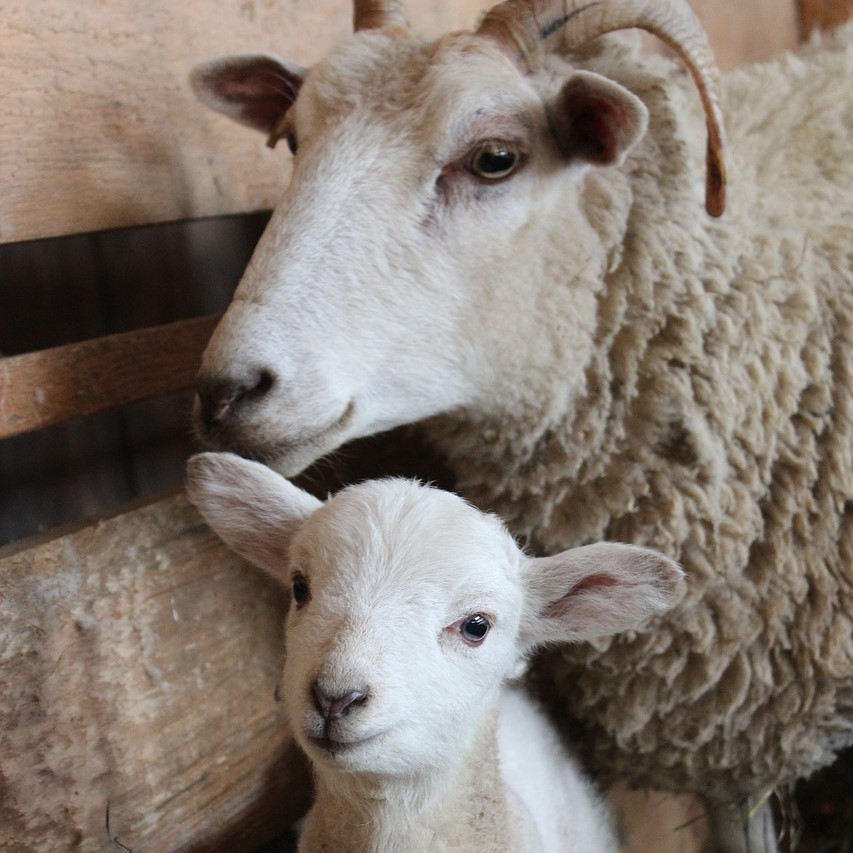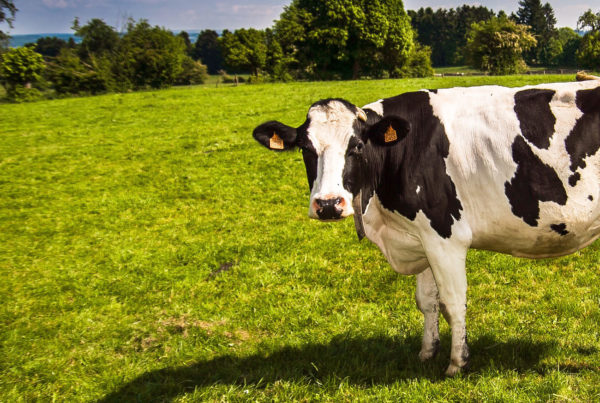So much is happening in the field that we thought an article on Future Trends in Animal Health would make sense.
Twenty-First Century
The 21st century has seen huge transformations in all areas of our lives, and the animal health industry is no exception. Today animals are getting better care than ever before, treatments are becoming more targeted and diseases have even been eradicated.
There’s no reason to think that this will slow down anytime soon. What is the cause for this progress. It appears to be driven by several key factors such as:
- The Use of Technology
- General Wellbeing
- Focused and Informed Development Programs
- Pharmaceutical Approach
- Managing Antibiotic Resistance
- ‘As Much as Necessary, as Little as Possible’
Read on for more detail.
The Use of Technology
This has the potential to provide increased awareness and better surveillance of global diseases via Apps and portable technologies. Farmers are already using mobile sensors on various parts of their animals to monitor health and increase productivity. This delivers real time information that can be used to better care for their animals.
Within the pet sector, there is an upsurge in wearable technology and health monitors capitalising on the owners’ desire for healthier animals. The introduction and adoption of new technologies will improve how diseases are treated enabling quicker sharing of information, such as data and images of sick animals, speeding up the reporting and the identification of illness and outbreaks.
General Wellbeing
There is an increased emphasis on animal wellbeing across domestic and commercial animals in order to better manage their health and quality of life. Moving forwards the continued combination of; drug development, nutrition and technology will be employed together to achieve this.
Focused and Informed Development Programs
On a human level, recent events with the coronavirus have illustrated the benefits of combining both the private and the public sectors in the fight against disease.
Within animal health the successful eradication of rinderpest in 2011 a global cattle plague and mass killer since roman times is a shining example of how effective a united response can be in creating and implementing a global
vaccination program.
Pharmaceutical Approach
In addition to the focus on traditional drug therapy development the two key areas in the immediate future are likely to be continued vaccination development and the management of antibiotic resistance.
Managing Antibiotic Resistance
Antibiotics and vaccinations have been an integral component of the blueprint for managing animal health. With vaccines seen as the foundation of disease prevention and antibiotics providing the key tool in disease control.
The looming danger of antibiotic resistance is well documented and the animal health industry will have a key part to play in tackling this.
The overuse and misuse of antibiotics can create healthier strains of resistant bacteria weakening the effect of the very medicines created to control them. This is a ‘ticking time bomb’ in terms of healthcare for both humans and animals, in the USA the CDC estimated that 1 out of 3 human antibiotic prescriptions are unnecessary and could be treated with other methods.
‘As Much as Necessary, as Little as Possible’
But the industry is alert to this and is plotting a way forwards that addresses these concerns. Promoting the key principle of ‘as much as necessary, as little as possible’ – by treating sick animals with the right medicines at the right time and providing alternatives to antibiotics themselves as ways to keep animals healthy.
By continually developing new and targeted medicines, creating robust treatment programs alongside other tools such as good hygiene, nutrition and management practices to help prevent infection, the reliance on antibiotics, as a go-to solution will diminish.
Consolidations & Mergers
The impact of consolidation and mergers within the animal health industry will hopefully lead to stronger pipelines and greater focus. There is an increasing move to partnerships and outsourcing to bring in relevant expertise from areas such as biotechnology, genomics, advanced diagnostics and AI.
It will be exciting to see how these innovations continue to adapt and revolutionise the welfare and health of our animals.


